Fashion in the Bridgerton Era: International Edition
Season 3 of Bridgerton has finally been released and it has garnered quite a lot of attention for the costumes. Particularly, Penelope Featherington’s makeover for the season along with the other supporting characters.
The early 19th century, when Bridgerton was set, saw a variety of fashion trends across the globe. These trends were influenced by the empires and rulers of the time, shaping distinctive attire for men and women in different countries.
Russia:
During the reign of Tsar Alexander I (1801-1825), Russia experienced a mix of traditional Russian and European influences. The Napoleonic Wars and Alexander's policies brought French fashion to the Russian aristocracy.
Women’s Clothing:
Sarafan: A long sleeveless dress often worn over a blouse.
Men’s Clothing:
Kaftan: A long robe, often belted at the waist, worn over a shirt and trousers
India:
In the early 19th century, India was under the control of the British East India Company. This period saw a blend of Indian and British influences in fashion, particularly among the elite.
Women’s Clothing:
Sari: A long piece of cloth draped elegantly over a petticoat and blouse
Men’s Clothing:
Dhoti-Kurta: A traditional garment consisting of a long shirt (kurta) and a rectangular piece of cloth (dhoti) tied around the waist and legs
Japan:
During the late Edo period (1603-1868), Japan was under the rule of the Tokugawa shogunate. This era was characterized by a strict social hierarchy and isolationist policies, preserving traditional Japanese fashion.
Women’s Clothing:
Kimono: A long, wide-sleeved robe, typically tied with an obi belt.
Men’s Clothing:
Kimono and Hakama: A kimono paired with hakama (pleated trousers) for formal occasions
Indonesia:
In the early 19th century, Indonesia was under the control of the Dutch East India Company, which influenced local fashion with European elements while traditional attire remained prevalent.
Women’s Clothing:
Kebaya and Sarong: A long-sleeved, fitted blouse (kebaya) paired with a long cloth wrapped around the waist (sarong)
Men’s Clothing:
Batik Shirt and Sarong: A loose batik shirt paired with a sarong.
Afghanistan:
Afghanistan during this period was part of the Durrani Empire, under the rule of Shah Mahmood (1801-1803, 1809-1818). The empire's cultural and political conditions influenced traditional Afghan attire.
Women’s Clothing:
Firaq: A long dress paired with loose trousers, often adorned with intricate embroidery
Men’s Clothing:
Shalwar Kameez: A traditional outfit consisting of a long tunic (kameez) and loose trousers (shalwar)
From the elegant sarafans of Russia to the traditional saris of India, the main garments worn during the Bridgerton era were as diverse as the cultures and empires that influenced them. Each region’s distinctive attire not only reflected local traditions and social norms but also the political climates and interactions with other cultures. This period was marked by a fascinating blend of fashion styles, influenced by both local customs and the broader currents of global interaction.
We are constantly looking for skilled writers and are open to publishing original pieces on our blogs, if you'd like to contribute email swati.chakraborty@kahanidigital.com.










